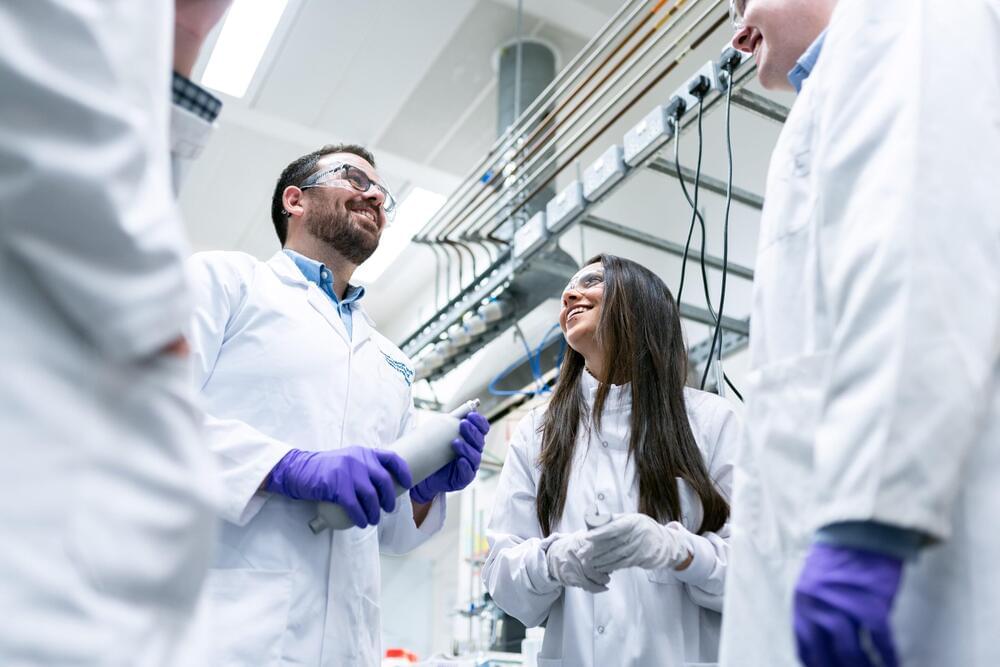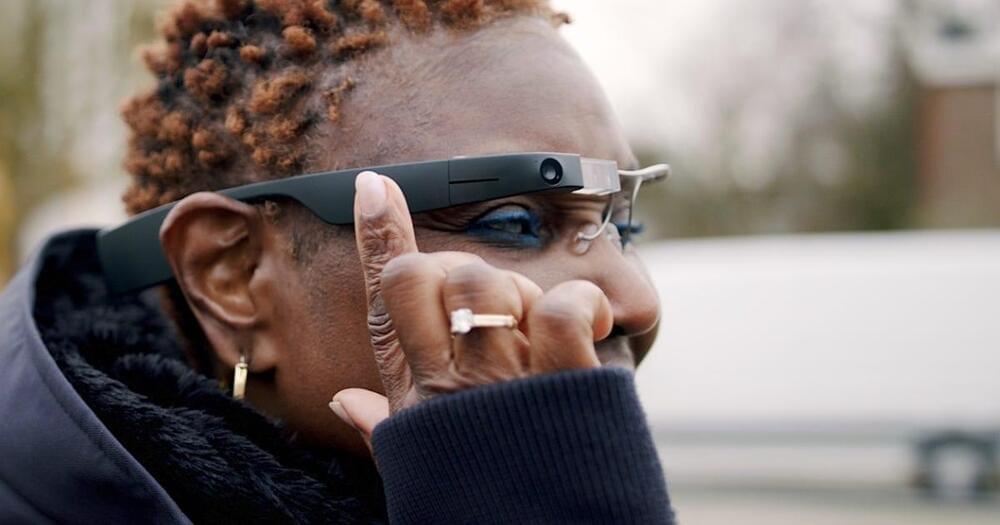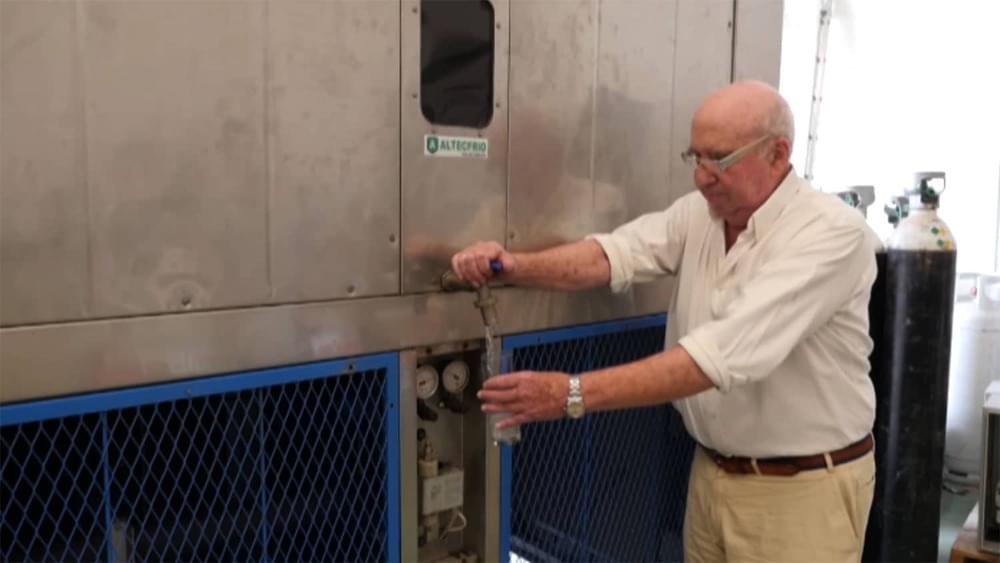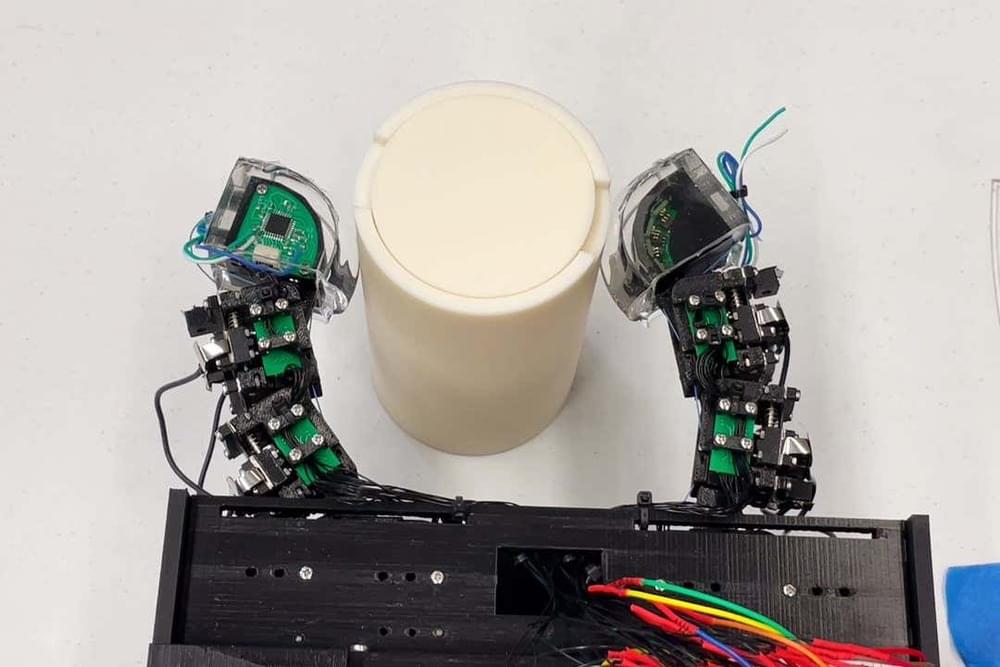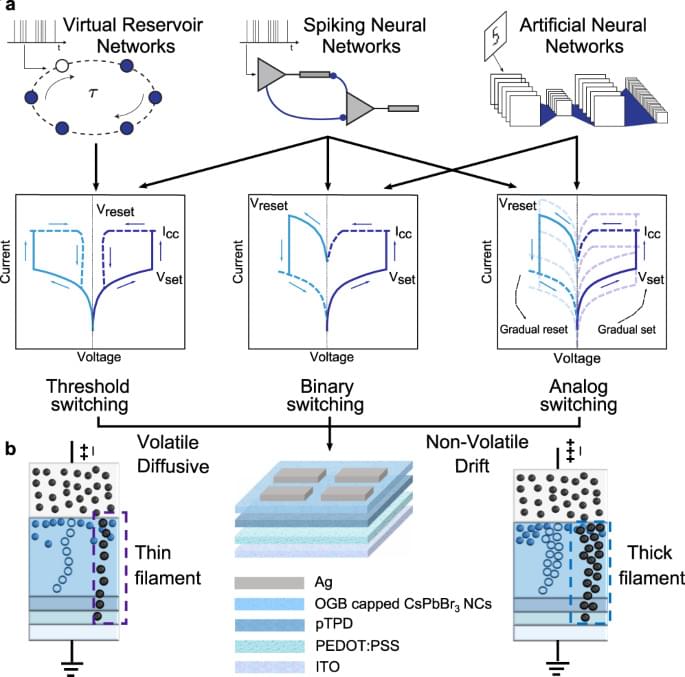Apr 24, 2022
Someone left a prototype Google Pixel Watch at a restaurant
Posted by Shubham Ghosh Roy in categories: mobile phones, wearables
In 2010, Apple software engineer Gray Powell left a in a bar in Redwood City, California. In an era where nearly every device leaks before it’s officially announced, images of a new iPhone showing up online seem quaint. But at the time it was a big deal and the incident even came to. Now, more than a decade later, images of another highly anticipated device have made their way online in much the same way.
On Saturday evening, Android Central photos of Google’s long-rumored Pixel Watch. The outlet says it obtained the images you see throughout this post from someone who found the smartwatch at a restaurant in the US. The photos confirm the Pixel Watch will feature a circular face with minimal display bezels. If you look closely, you can see the wearable’s band attaches directly to its case, with a latch mechanism that looks proprietary to Google and reminiscent of the design employed by Fitbit on its Versa and Sense smartwatches (Google the company in 2021).
The watch features a single button next to its crown and what looks like a microphone or altimeter port. On the back of the device, you can see an optical heartrate sensor. Unfortunately, the watch wouldn’t go beyond its boot screen so there are no photos of it running.
